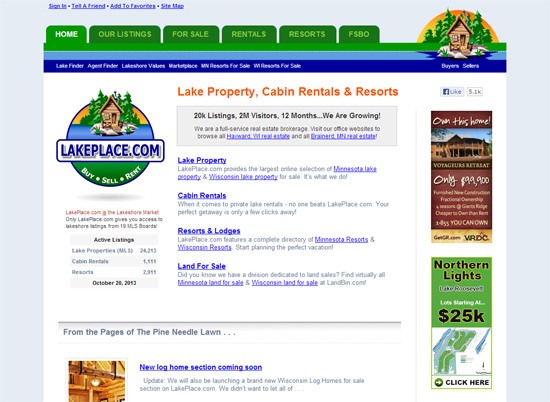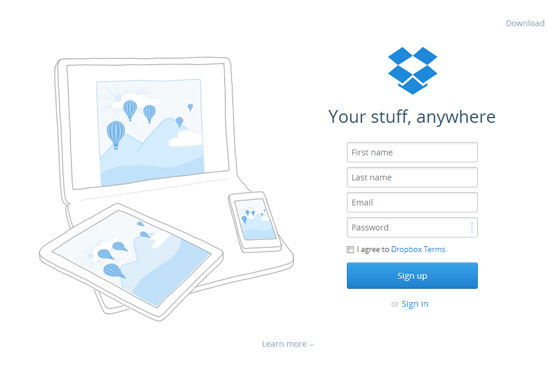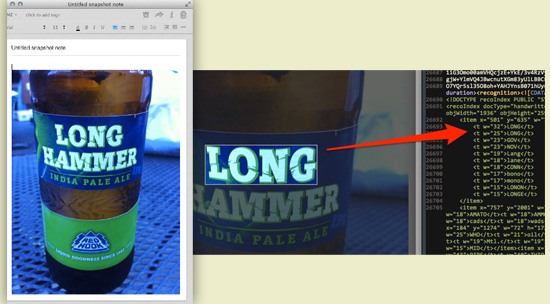Value Activation: A Different Business Model for Internet Entrepreneurs - Six Revisions |
| Value Activation: A Different Business Model for Internet Entrepreneurs Posted: 21 Oct 2013 08:00 AM PDT When we pay for software, it’s usually because it solves a critical problem we have. It satisfies a need. It provides a certain value we’re willing to pay for. And if we can derive value from a product or a service at no upfront cost, then we are more likely to pay later on in order to continue deriving that value. Internet entrepreneurs need a business model that supports this notion.
The Problem with Existing Business ModelsThere seems to be three popular business models for an Internet software as a service (SaaS) company:
Issues with FreemiumThe freemium model is full of flaws. Paul Sawers, an editor at Internet technology news site The Next Web, explains why freemium doesn’t work:
Mark Evans, a consultant to startups, says this about the freemium business model:
Issues with Free TrialsRight now, the typical paid app will offer a trial so that users can try before they buy. The trial period is usually time-based: 7 days, 14 days, 30 days. The problem with this approach is that this time-based limit is not user-centered. App developers opt for it because they want to generate revenue as quickly as possible. But how do you know that the user has received any or enough value from the product in that period? Usually, you don’t. What happens when the user hasn’t had enough time to receive enough value? They won’t become paid users. Issues with PaywallsInternet users are generally unwilling to pay for a service without being able to try it first. This is the reason why the freemium and "free trial" business models above became common. And if you’re in a competitive space, chances are good that your competition is offering some form of free access to their product, which reduces the likelihood of potential users trying yours when they see their other free options. What Should We Do Instead?Our best bet is to use a business model that converts non-paying users to paying customers at the right time. That time is when they have already received significant value from our product. The premise is this: Users will want to pay for the product because they have the desire to continue receiving the value they’re getting. Value Activation MetricsWe can activate the payment once the user has derived significant value from our product. We can ask users to pay at the point when the product has solved a specific problem that they would like to keep solving. We can pick certain "value activation" metrics to determine what point we should ask users to start paying. I define the term value activation metric as a quantifiable measurement that is specific to an app. It’s a signal that tells us the user is now getting significant value from the product and that he/she is now likely willing to start paying for it. Examples of value activation metrics include:
Dave Gooden, founder of LakePlace (a site that enables people to rent out their lakefront property) explains the approach he took with his users:
In this scenario, the value activation metric is the number of inquiries. Once resort owners and vacation rental managers received 10-20 inquiries worth of value, to continue to receive the value of the service, they needed to pay. Gooden knew that once a user had received a certain amount of inquiries, the user was likely making money from those inquiries and thus had activated the value of his service. Also note the high conversion rate in Gooden’s account: 99% retention rate, which — even if it might just be a figurative number that he used to convey a significantly high conversion rate — is a statement of his strategy’s efficacy. A few companies understand this concept of activating the value of a product before charging for their service. Dropbox and Evernote are two.
Dropbox users get peace of mind knowing that they will always have access to their files. The more files someone stores, the more likely they will run out of space, and the more likely they will convert to a paid user. Once the user has gotten enough value from using Dropbox, they are more likely to pay in order to keep using the service. Evernote knows that the longer you remain a customer, the more likely you will convert to a paid user. In fact, it has a pretty good idea of when you will do so. The value of Evernote is in enabling users to store and retrieve any memory easily. So, to store a memory, users simply snap a picture and upload it to Evernote. The software indexes the picture, and users can even search for words in the picture.
It stands to reason, then, that the more users store, the more valuable the service becomes. And at a certain point, the user becomes willing to pay to continue deriving that value from using Evernote. When building an Internet-based service or product, we should start examining the points in which the user starts getting significant value from it. How many sales leads does a user need to get, in order for her to want to pay to continue getting those sales leads? How much data will a person need to store before he sees how important it is to have a cloud backup of his files that’s accessible on all his Internet-enabled devices? Once you figure out what value activation metrics are appropriate for measuring the value you provide your users, you can use them to signal the point in which you should convert non-paying users to paying customers. Related Content
About the AuthorThe post Value Activation: A Different Business Model for Internet Entrepreneurs appeared first on Six Revisions. |
| You are subscribed to email updates from Six Revisions To stop receiving these emails, you may unsubscribe now. | Email delivery powered by Google |
| Google Inc., 20 West Kinzie, Chicago IL USA 60610 | |




No comments:
Post a Comment